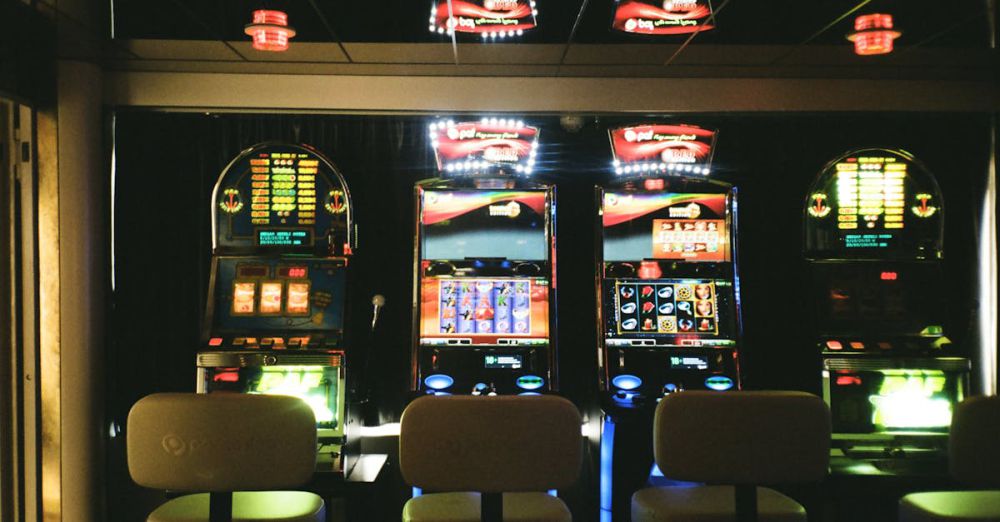How Can You Improve Your Chances of Seeing the Aurora Borealis
The ethereal dance of the Aurora Borealis, commonly known as the Northern Lights, captivates countless travelers each year. This natural light display occurs when charged particles from the sun collide with gases in Earth’s atmosphere, creating vibrant waves of color across the night sky. If witnessing this breathtaking phenomenon is on your bucket list, there are several strategies to enhance your chances of experiencing its magic.
Understand the Optimal Locations
The first step in your quest to see the Northern Lights is to position yourself in the right geographical locations. The Aurora Borealis is primarily visible in high-latitude regions, typically above the Arctic Circle. Countries like Norway, Sweden, Finland, Canada, and Iceland provide some of the best vantage points. Within these countries, specific areas known for frequent sightings include Tromsø in Norway, Abisko National Park in Sweden, and Fairbanks in Alaska. Research various locations and choose one that suits your travel preferences and budget.
Choose the Right Time of Year
Timing is crucial when it comes to witnessing the Aurora Borealis. The best months for sightings are generally between September and March, with peak activity occurring during the winter months. During this period, the long, dark nights provide optimal conditions for viewing the lights. Moreover, the equinoxes in March and September often see increased solar activity, leading to more vibrant displays. Plan your trip during these peak times to maximize your chances.
Monitor Solar Activity
Understanding solar activity can profoundly influence your ability to see the Northern Lights. The sun operates on an approximately 11-year cycle, with periods of heightened solar activity known as solar maximums. During these times, the likelihood of auroral displays increases significantly. Websites and apps that track solar activity can offer real-time data on sunspots, solar flares, and geomagnetic storms. Keeping an eye on these factors can help you time your viewing perfectly.
Seek Dark Skies
Light pollution is a significant hindrance to viewing the Northern Lights. The glow from streetlights, buildings, and vehicles can obscure the beauty of the auroras, making it essential to find dark locations far from urban areas. National parks, nature reserves, or remote cabins can provide the solitude needed for optimal viewing. The darker the sky, the more vivid the colors will appear. Consider setting up camp or renting accommodations in less populated areas to enhance your experience.
Be Patient and Flexible
The Northern Lights are unpredictable, and sometimes, patience is the key to success. Even in prime locations during the best times, conditions may not always align perfectly. Cloud cover, weather changes, and solar activity can all impact visibility. Being flexible with your plans can yield great rewards. Spend multiple nights in your chosen location, and keep an eye on local weather forecasts. If conditions seem unfavorable, don’t hesitate to explore different spots or adjust your schedule.
Dress Appropriately
To fully enjoy your Aurora-watching experience, dressing in layers is crucial. Winter nights can be brutally cold in high-latitude regions, and being unprepared can lead to discomfort and frustration. Invest in thermal layers, insulated jackets, warm gloves, hats, and waterproof boots. Staying warm allows you to spend more time outdoors, increasing your chances of catching a glimpse of the lights.
Consider Guided Tours
If you’re unsure about navigating the best spots or conditions for viewing the Aurora Borealis, consider joining a guided tour. Many local operators specialize in Northern Lights excursions. These guides have extensive knowledge of the area, understand the patterns of the auroras, and often have access to real-time information on solar activity and weather conditions. Joining a tour can take the stress out of planning and improve your overall experience.
Creating Your Aurora Adventure
Witnessing the Aurora Borealis is a magical experience that requires preparation, knowledge, and a bit of luck. By understanding the best locations, timing your trip, monitoring solar activity, seeking dark skies, remaining patient, dressing appropriately, and considering guided tours, you can significantly enhance your chances of seeing this natural wonder. Embrace the adventure, and remember that the journey itself can be just as rewarding as the destination. With careful planning and a spirit of exploration, the Northern Lights may soon dance across your own night sky.







